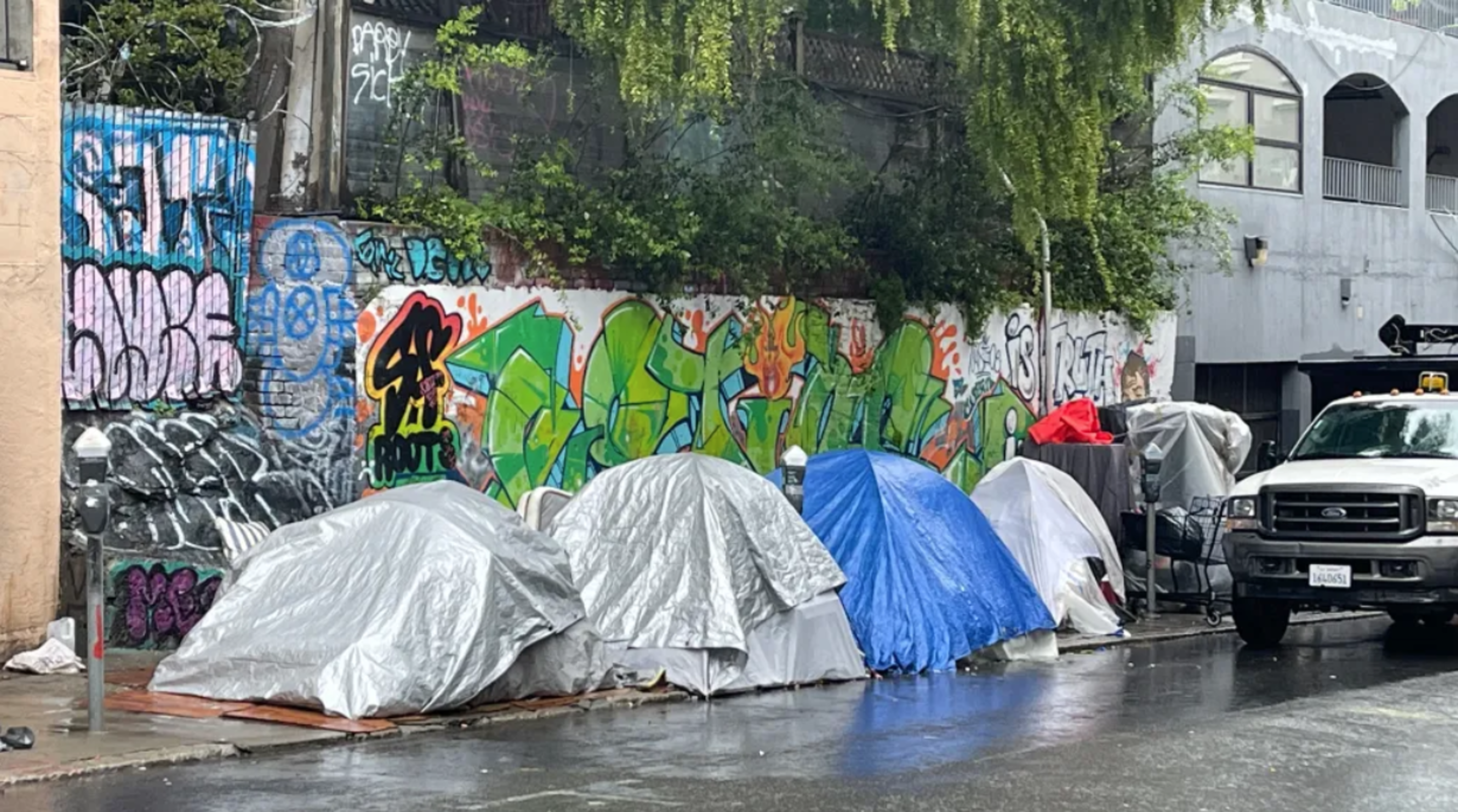A newly reopened waiting list for homeless shelter spots in San Francisco is nearing 500 people long, and only 13 people have been successfully connected to beds through the system in August.
Despite calling roughly 30 to 40 people daily to offer shelter beds, the Department of Homelessness and Supportive Housing told The Standard it has struggled to reach many applicants.
In August, 15 people canceled their shelter reservations, 39 people still had active offers and 152 didn’t respond to an offer from the department, according to data provided to The Standard on Tuesday. As of Wednesday morning, 466 people were on the waiting list (opens in new tab), which launched in July as a pilot for three of the city’s largest shelters.
The department created the waitlist in response to concerns that homeless people didn’t have a method of voluntarily accessing shelter beyond the city’s routine encampment outreach operations. Between 5% and 10% of the city’s shelter beds are usually kept vacant to make room for emergency admissions from hospitals and jails.
It’s unclear how many people accessed shelter through other avenues, such as the city’s outreach teams, during this time frame.
Technical Difficulties
Deborah Bouck, a spokesperson for the department, said in a statement that the biggest challenge in making shelter placements off the city’s waitlist is getting in touch with applicants over the phone.
Many homeless people face barriers in accessing technology, and those who apply for shelter often need a bed immediately. Some who may have needed a bed when they applied may no longer need one; others may be unaware when their reservation is ready.
After missing the first phone call from their shelter “reservation agent,” applicants have three business days to call back to reserve their spot between 10 a.m. and noon. Once those three days have elapsed, the person is dropped from the waiting list.
Christin Evans, a member of the Homelessness Oversight Commission, said those obstacles present a need for a physical waiting list that allows people to line up outside of a shelter to receive a bed. The department said it doesn’t have plans to implement such a system, but it’s looking at other solutions to improve the online waitlist.
“I know some homeless people whose phone numbers change every couple of weeks,” Evans said. “I would like to see some improvements in terms of when people are able and ready to accept a bed, that bed should be immediately available.”
Unmet Needs
San Francisco is under a federal injunction that restricts city employees from moving homeless encampments. Local officials have argued that the city should be allowed to clear encampments if their occupants refuse shelter. But attorneys for the Coalition on Homelessness, which brought the underlying lawsuit, have pointed to the growing shelter waitlist as a demonstration of a demand that’s not being met.
The city currently has 2,935 shelter beds, while over 4,000 people sleep on the city’s streets on any given night, according to the most recent count.
Supervisor Rafael Mandelman, who has been an outspoken critic of the federal injunction, said he was surprised that there are only 466 people on the waitlist. He said the solution to the growing backlog, along with improving the department’s ability to connect with clients, is to create more shelter beds.
“What I’m struck by is that number seems manageable,” Mandelman said. “We could do that in the next couple months.”
